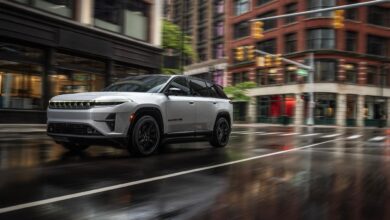The G7 vs Chinese EVs: A case of mistaken identity

A shot in the dark
With this understanding of the situation in China, Western high-tariff policies begin to look misguided. As governments face resistance to the cost of their net-zero plans, it is unwise of them to block consumer access to higher-quality, greener products at lower prices. Moreover, contrary to popular opinion, the Chinese share of EVs in Europe, for instance, is generally low and only a fraction of the total share.
In any case, examples of effective tariffs are few and far between. Instead, the result is often to shelter local firms from competitive pressure, leading to technological stagnation. A situation that we have seen happening in reverse in China is where China’s often rigid policies for foreign companies and sometimes wholesale blocking of companies, such as in the tech sector, have done more harm than help to Chinese competition. A better policy alternative for the longer term is to encourage the development of the local industry and advancing technologies.
Also, raising trade tariffs in Europe and the US does not leave Chinese companies without options. We have already witnessed numerous Chinese EV producers shifting their attention away from Europe and the US to other emerging economies such as Brazil, the Middle East and Southeast Asia. The world is bigger than Western Europe and the US.
Despite the inevitable sound and fury from Western officials, Chinese auto executives are justifiably excited and optimistic that, even in a shifting, unpredictable geopolitical environment, their market-leading product ranges can meet worldwide demand for green transport.



